The research axes cover a wide range of areas in probability and statistics, both theoretical and applied.
Discrete probabilities and random structures:
- Percolation and interacting particle systems
- Algorithms and combinatorics, study of large random structures (permutations, words, paths, trees, graphs etc.)
- Stochastic geometry
- Cellular automata and discrete dynamical systems
Theory and applications of stochastic processes:
- Study of diffusion processes and link with partial differential equations
– (Multi)fractional and/or long memory processes
– Branching processes, coagulation-fragmentaition equations - Piecewise deterministic processes
- Rough paths and regularity structures
- Stochastic partial differential equations (theoretical study and numerical analysis)
- Probabilistic numerical methods
Applied and theoretical statistics:
- High dimensional statistics and functional data analysis
- Bayesian statistics
- Spatial and spatio-temporal statistics and analysis of complex structures (networks, trees, graphs, etc)
- Statistical approaches in signal processing and image processing
- Supervised and semi-supervised learning, reinforcement learning
- Causality analysis and dependency modeling
- Time series statistics, survival analysis, time series clustering
- Applications to biology, health, natural language processing and linguistics, energy management and the environment
The aim is to develop an advanced research in probability and statistics on both theoretical and applied problems. The team strives to propose new methodological tools to address current issues and develop interfaces with other disciplinary fields.
The specificity of the team is its ability to develop research at the interface, internally (especially between probability and statistics), with other fields of mathematics (combinatorics, partial differential equations, harmonic analysis, number theory, control theory, etc.), computer science (statistical learning, algorithmics) but also interdisciplinary (health, biology, astrophysics, geophysics, natural language processing, …) and industrial.
ANR
projects
- Matches
- Metanoli
- PPPP
- Singular
GDR
projects
- ALEA
- GeoSto
- IM
- Renorm
- TRAG
GDRI
Projects
- Readinet
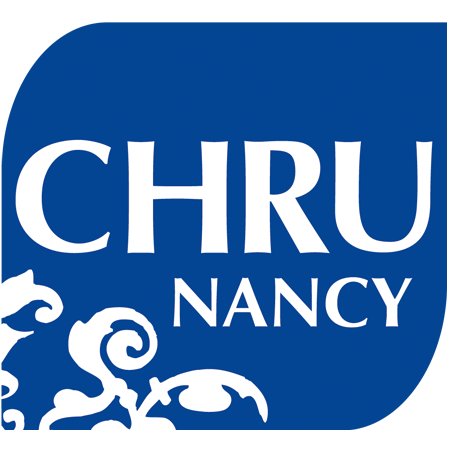
CHRU de Nancy
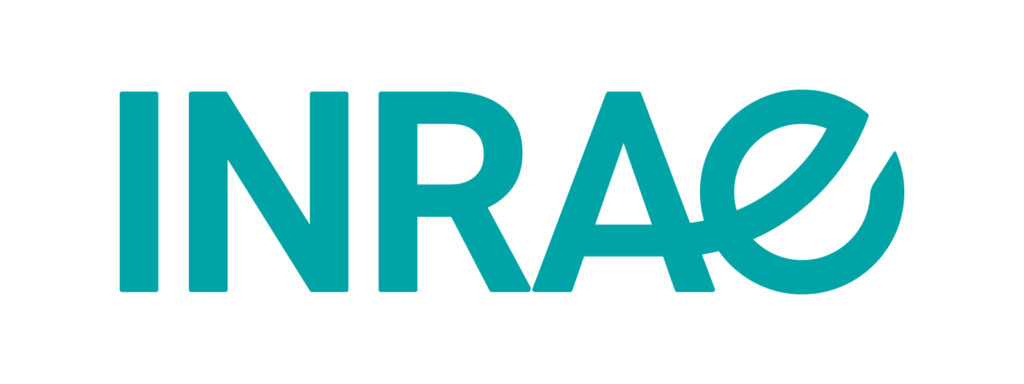
INRAE

INSERM

LIG de Grenoble

Chaire MMB Modélisation Mathématique et Biodiversité
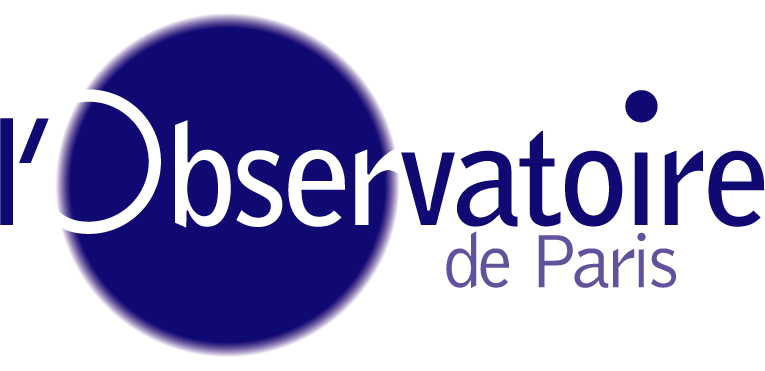
L’Observatoire de Paris
And many French universities and Grandes Ecoles
CIWI
Netherlands
Institute of Mathematics of Romania
Northwestern University
USA
Observation de Tartu
Estonia
Purdue University
USA
Ritsumeikan University
Japan
Torinu University
Italy
Universidad de Valparaíso
Universidad de la República
Uruguay
Univversidade de Lisboa
Portugal
Università di Roma Tor Vergata
Italiy
Universiität Zürich
Swiss
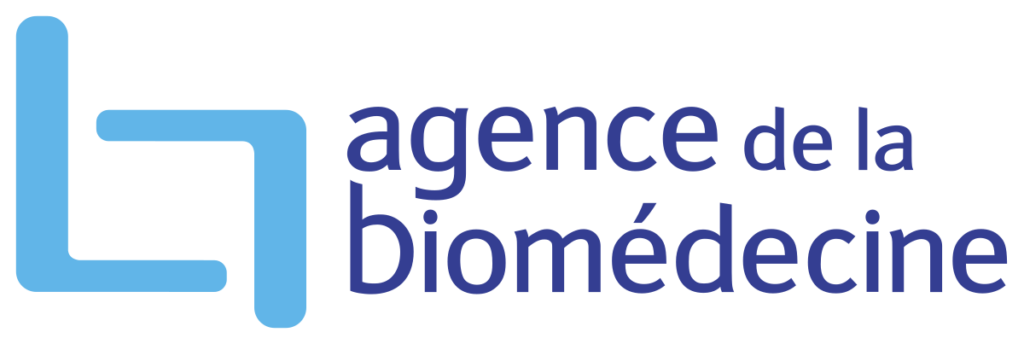


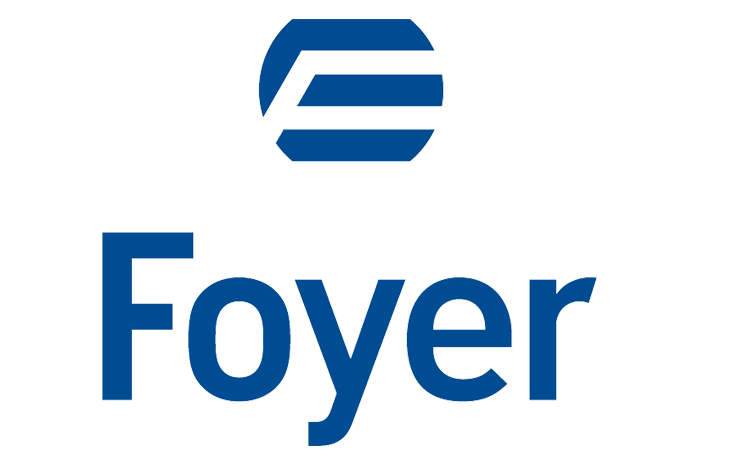
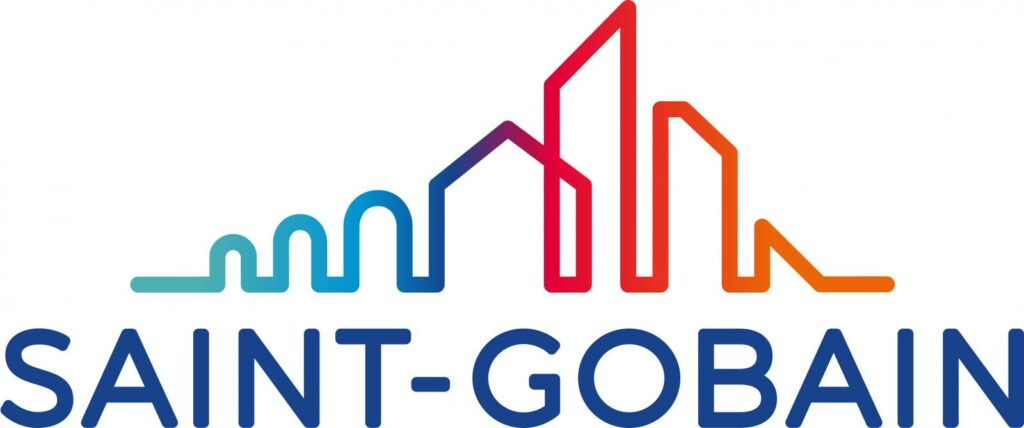

Header: Antoine Lejay
The team is composed of about thirty permanent members. It also hosts two Inria project-teams: PASTA and SIMBA.
Composition:
- 9 professors, dont 1 PR-PH (university professor, hospital practitioner)
- 2 Inria research director
- 15 associate professor
- 4 Inria research fellow
- 3 CNRS research fellow
- 5 professor emeritus
